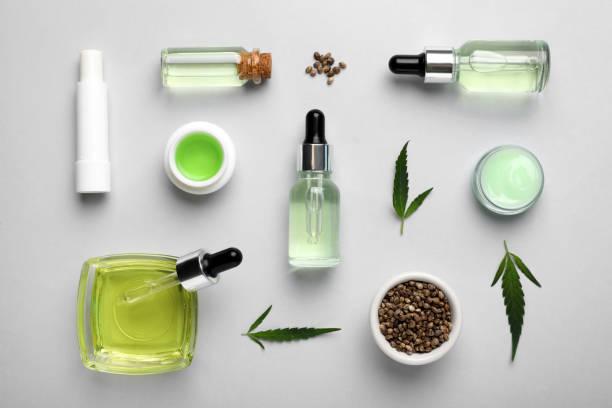Sustainability and Clean Beauty Trends in the Lip and Face Oil Industry

The lip and face oil market is evolving rapidly, guided by a growing appetite for clean‑beauty products and sustainable brand practices. Modern consumers particularly Millennials and Gen Z are reshaping the landscape by seeking formulations that prioritize transparency, natural ingredients, and tangible skincare benefits. In turn, brands that can marry efficacy with ethical and planet‑friendly choices are rising to the top.
At the heart of this shift is ingredient integrity. Lip and Face Oils such as cold‑pressed jojoba, rosehip seed, squalane derived from olives or sugarcane, and bakuchiol-rich botanical extracts are taking center stage valued for being both effective and responsibly sourced. Consumers scrutinize labels for certifications (organic, cruelty‑free, fair‑trade) and eschew synthetics like silicones, parabens, and artificial fragrances. When shoppers see clearly defined ingredient lists ideally minimal and plant‑based they feel confident that what they’re applying to their skin is pure and safe.
Sustainability impacts both ingredient sourcing and packaging. Many brands are switching to recycled glass bottles, aluminum droppers, and refillable or compostable boxes, reducing waste and minimizing plastic usage. Some companies even partner with reforestation initiatives or farming collectivities to ensure their botanical suppliers practice regenerative agriculture. This creates a compelling story of impact from raw material to bottle one that resonates deeply with eco-conscious buyers.
Innovative formulations are also reshaping expectations. Hybrid drops that combine hydrating oils with botanical actives like niacinamide, vitamin C encapsulated in oil, hyaluronic acid-infused blends, or antioxidant-rich seed oils offer multitasking skincare with a clean ethos. Packaging is getting smart too: airless pump droppers preserve product freshness and eliminate preservatives, while light-protective frosted glass maintains ingredient potency without synthetic stabilizers.
Texture and sensorial experience remain crucial. Consumers love oils with lightweight, non‑greasy feel those that absorb quickly, layer nicely under SPF or makeup, and leave skin glowing without heaviness. Subtle botanical scents like rose, lavender, or citrus convey luxury without overpowering, aligning with preferences for gentle, calming self‑care moments.
Digital interaction plays a growing role. Many brands guide consumers via quizzes that match them to oils based on skin type, concerns (such as dryness, aging, or redness), and scent preference. Online communities, reviews, tutorials, and influencer endorsements reinforce trust and educate about ingredient benefits driving more intentional purchases.
However, balancing sustainability with affordability is a key challenge. High‑grade botanical ingredients and eco‑friendly packaging often increase production cost, and some consumers remain price‑sensitive. To navigate this, brands are offering smaller formats, refill systems, or travel‑size hybrids as accessible entry points. Transparency showing pricing breakdowns or ethical sourcing investments also helps justify premium positioning.
Looking ahead, the lip and face oil sector is poised to innovate further. Expect to see waterless oils (with zero water and preservatives), regenerative‑agriculture branding, artisan or region‑specific oils (like marula, camellia, or wild-harvested seed blends), and greater modularity blending base oils with plug‑in boosters suited to skin needs. Brands that communicate their environmental commitment and clean-efficacy effectively will continue to thrive in a market where beauty and purpose go hand in hand.
In essence, the future of lip and face oils lies at the intersection of purity, performance, and planetary care. Consumers are no longer satisfied with just glow they want integrity. The brands that deliver both and hold up under scrutiny are the ones best poised to capture attention, trust, and loyalty.








